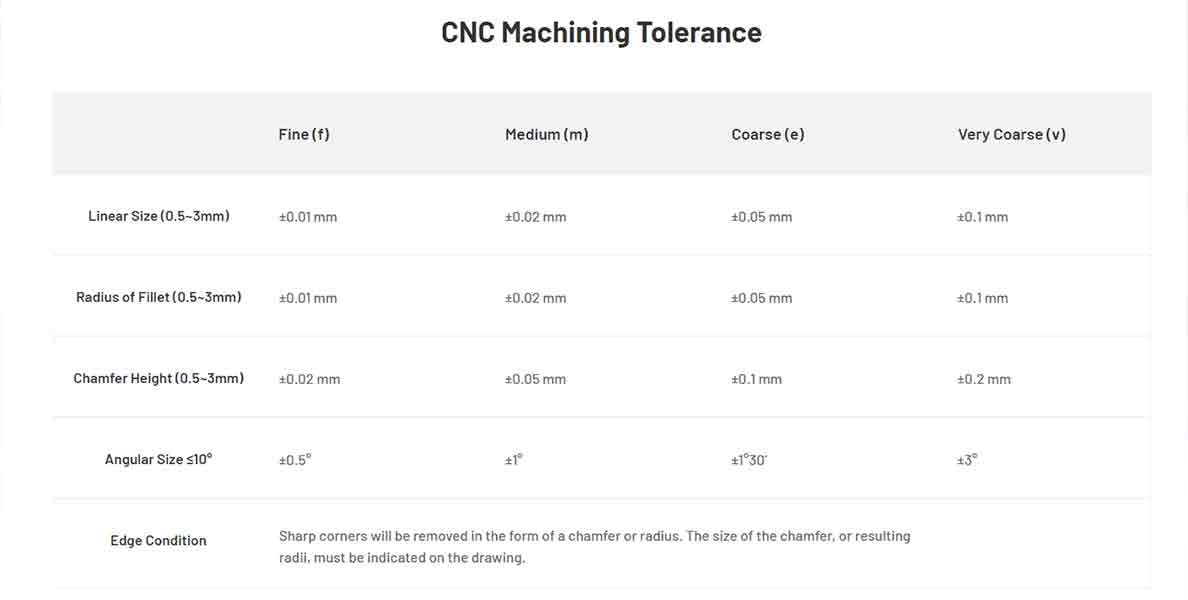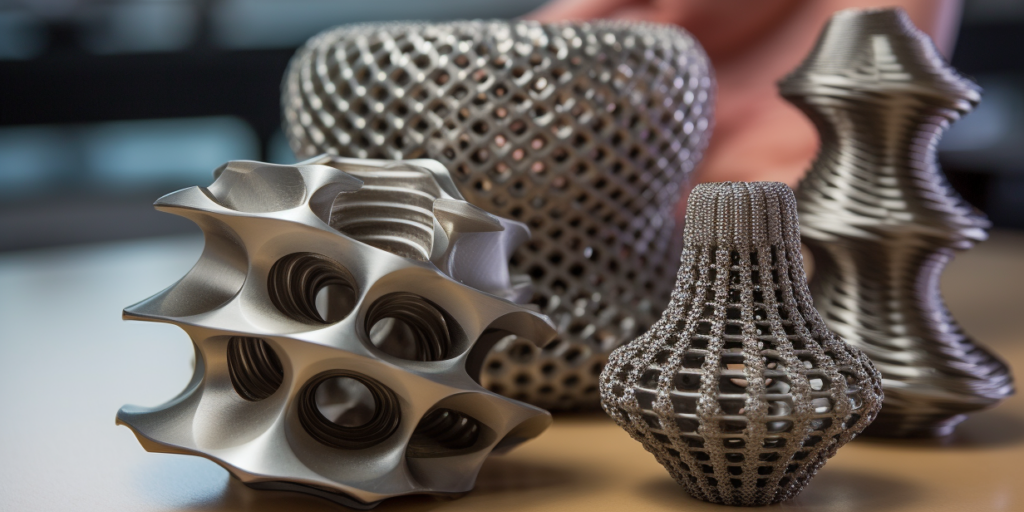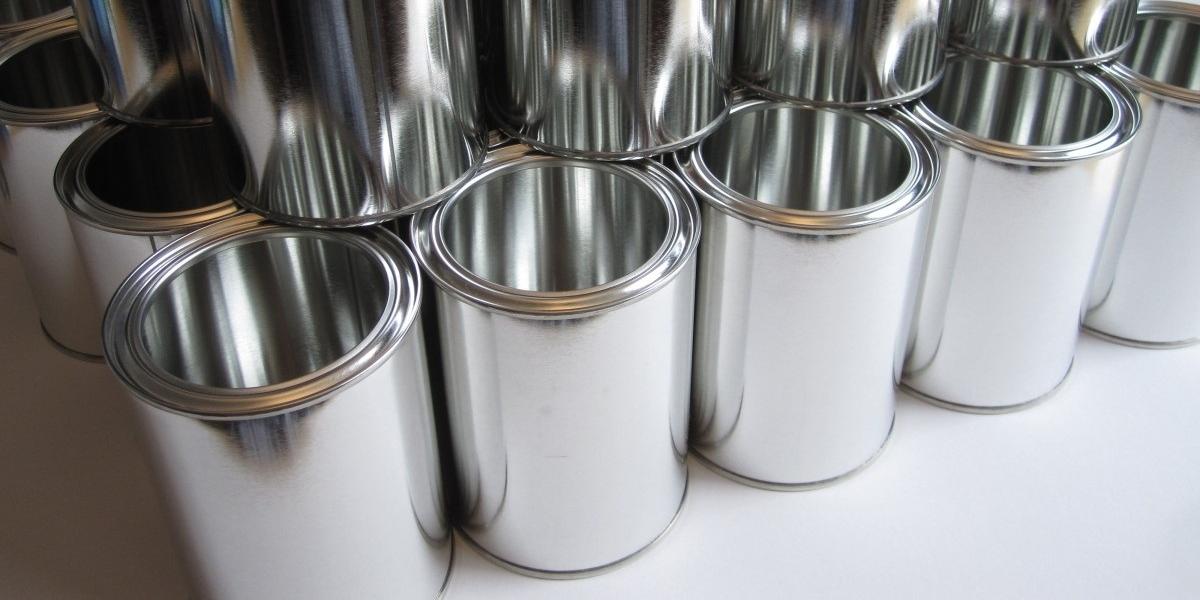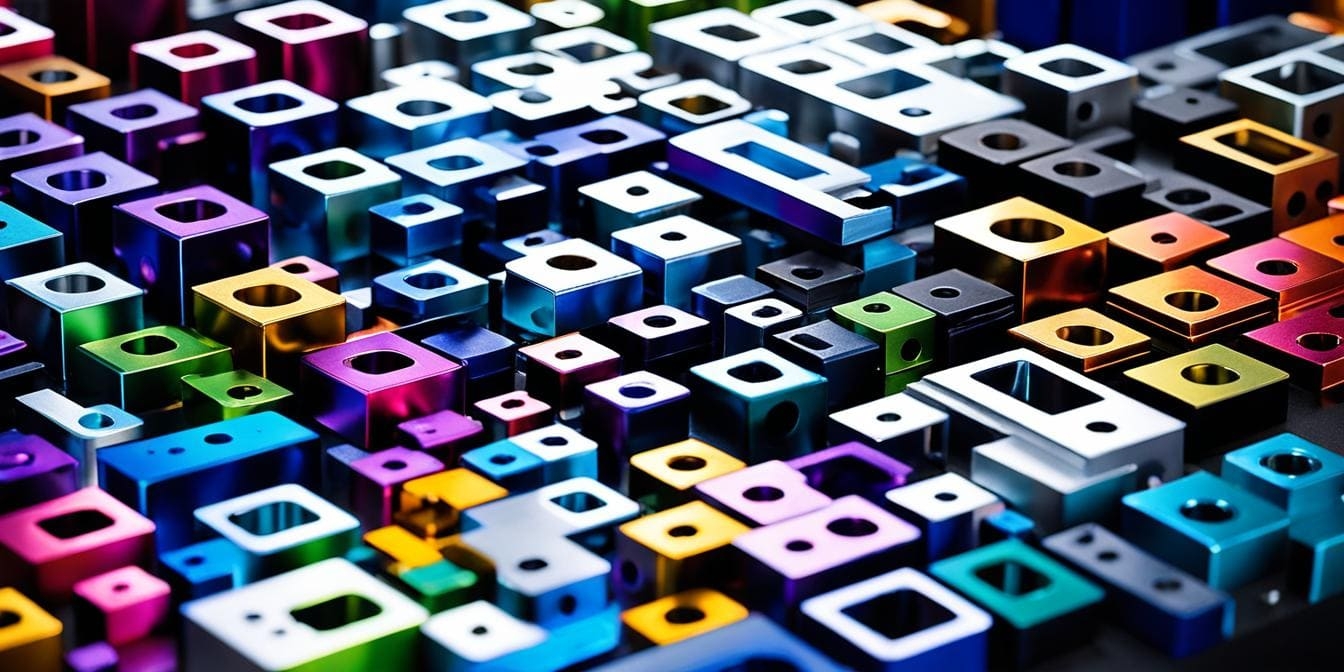From XMAKE, the world’s leading digital manufacturing platform perspective, stainless steel is an excellent material in manufacturing, especially CNC machining.
This article is a guide to stainless steel machining and lets you fully understand the ability of XMAKE.
We also have other articles about maintaining and cleaning stainless steel(click here) and key properties of stainless steel(click here).
Stainless Steel CNC Machining Services
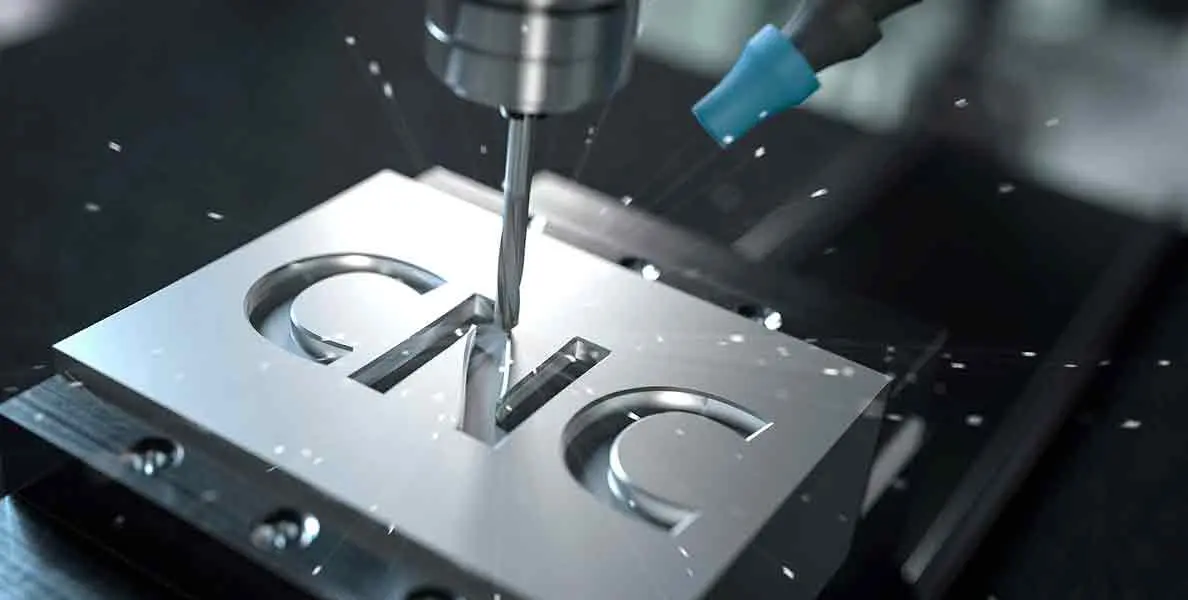
What you are seeing(click the image for a new window) is the XMAKE tolerances for CNC machining(Stainless steel is one of our common machining materials).
*Note: The table serves as a guide. For personalized advice on the ideal printing process and parameters to meet your specific requirements, please reach out to us.
What type of stainless steel alloy is best suited for CNC machining?
When it comes to CNC machining, the choice is crucial for achieving optimal results.
Austenitic stainless steel
Such as 304 and 316 grades, are often favored due to their:
- Excellent machinability
- Corrosion resistance
- Toughness
- Ductility and formability
The high levels of nickel and chromium make it easy to machine.
Martensitic stainless steel
like 410 and 420 grades, is known for its:
- Hardness and strength
- Wear resistance
However, it is more challenging for CNC machining due to its tendency to work hard.
Ferritic stainless steel
Such as 430, offers:
- Good corrosion resistance
- Moderate strength
However, it is less ductile, which can make machining more difficult.
Duplex stainless steel
Duplex is often favored for its:
- Excellent mechanical properties
- Corrosion resistance
This alloy allows for faster machining speeds while reducing tool wear.
Precipitation Hardening Stainless Steel
Short for PH stainless steel alloy, is another excellent option for CNC machining.
It provides:
- Unique balance of strength and ductility
- High precision
- High hardness levels
How do different grades of stainless steel affect the CNC machining process?
XMAKE believes that stainless steel grade significantly influences the CNC machining process, as various grades exhibit distinct properties.
| 400 series stainless steel grades | 300 series stainless steel grades | |
| Advantage |
|
|
| Disadvantage |
|
|
| Application in CNC |
|
|
Stainless Steel Parts in CNC Milling and Turning
These are the two types of stainless steel CNC machining that XMAKE does the most.
CNC Milling
Stainless steel can be shaped into intricate designs and complex geometries, allowing XMAKE to create parts that meet stringent specifications.
The ability to control the cutting tools with high precision ensures that the final product maintains tight tolerances, crucial for aerospace and medical devices.
CNC turning
This process involves rotating the material against a cutting tool, allowing for the creation of smooth surfaces and precise dimensions.
XMAKE usually produces cylindrical parts from stainless steel.
Stainless Steel 303
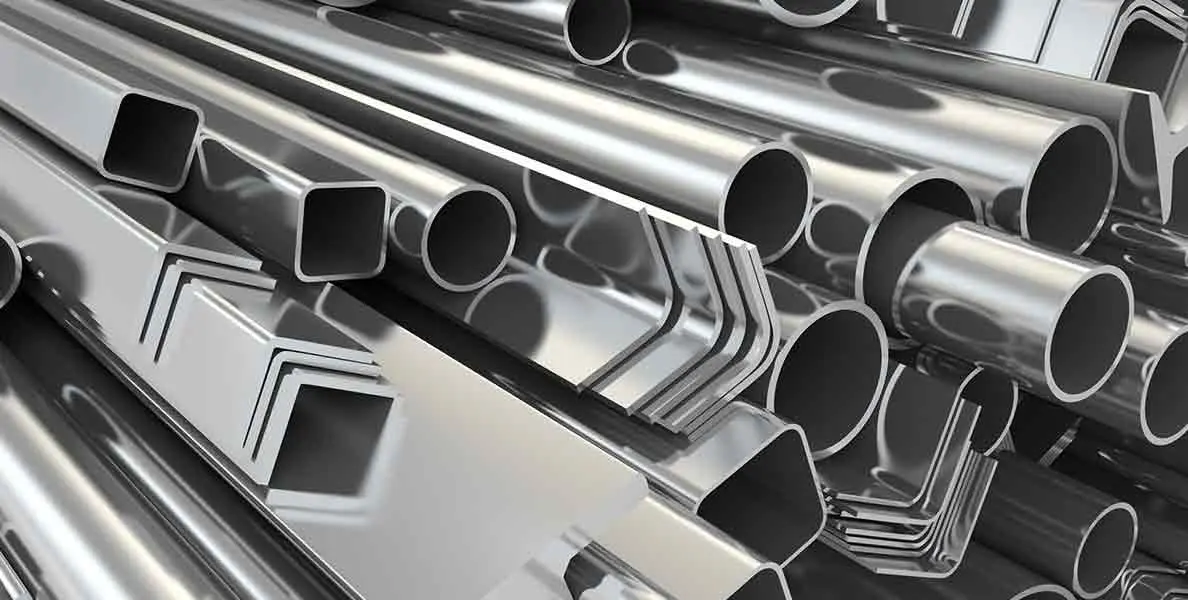
We have an in-depth analysis of 303 stainless steel. If you are interested, please click here.
XMAKE believes that In the realm of CNC machining, 303 stainless steel has three key advantages:
- Excellent machinability: This alloy is specifically formulated with a higher sulfur content, enhancing its ability to be machined into intricate shapes and components precisely.
- Non-magnetic: Advantageous in industries where magnetic interference could be detrimental.
- Durability: It maintains strength and durability under various environmental conditions. This makes it suitable for applications in the medical, aerospace, and automotive fields, where reliability is paramount.
It is often used in the production of:
- Fasteners
- Shafts
- Various fittings
304 Stainless Steel Sheet
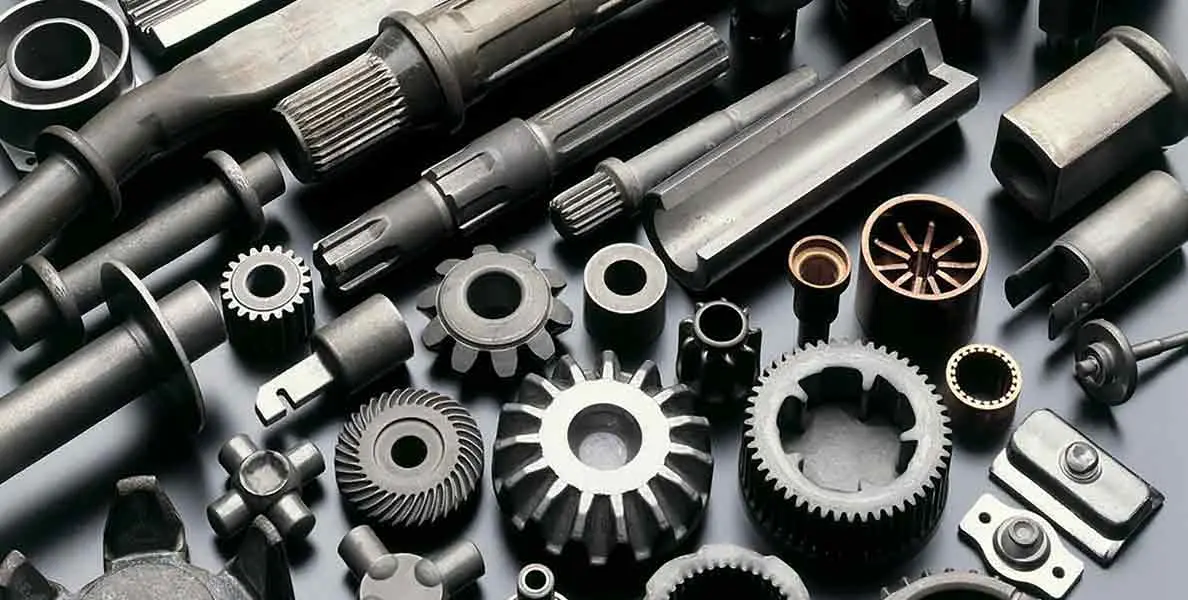
304 stainless steel is one of the most commonly used grades in XMAKE’s CNC machining projects.
- Excellent corrosion resistance
- Good weldability
It is ideal for a wide range of applications:
- Kitchen Equipment
- Industrial components
- For manufacturers looking for durable materials
However, there can be a significant problem with 304 stainless steel during the machining process.
- Too tough: The material’s toughness can lead to increased tool wear, which can make achieving precise tolerances challenging.
- Work-hardening properties: It makes cutting difficult, requiring careful selection of cutting tools and parameters to optimize machining efficiency.
316 Stainless Steel Sheet
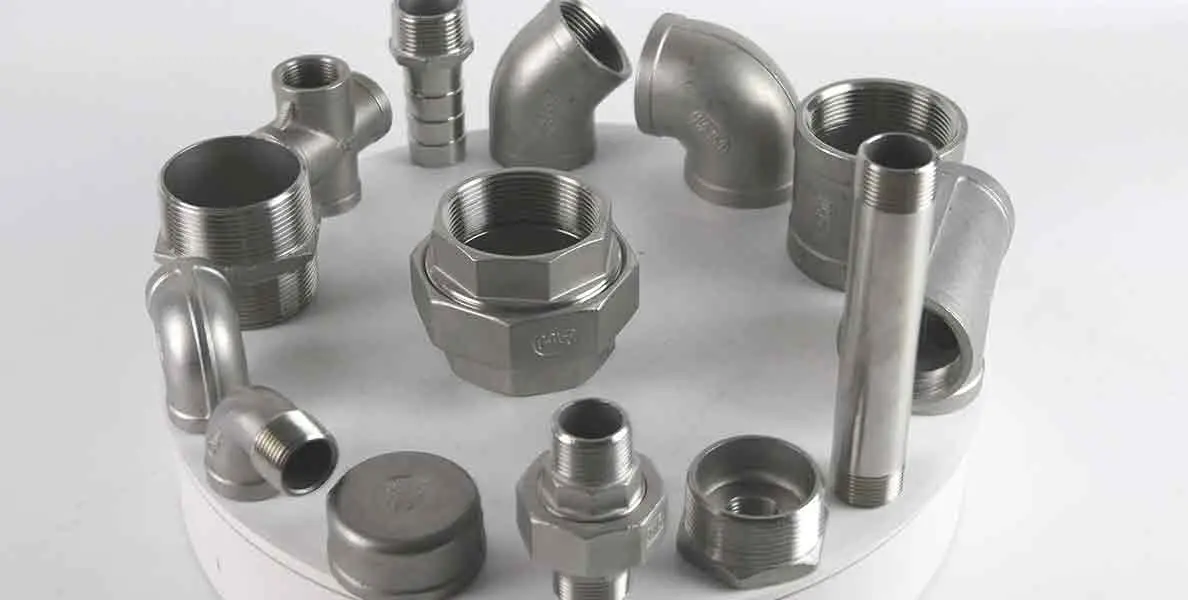
316 stainless steel is used extensively.
- Excellent corrosion resistance: This alloy, enriched with molybdenum, offers superior performance in harsh environments, such as marine settings or chemical processing plants, where exposure to corrosive elements is common.
- Strength: The material withstands high temperatures and resists oxidation, enhancing its longevity, and reducing the need for frequent replacements.
- Machinability: Allowing for precise fabrication and intricate designs.
In CNC machining, it is favored for components like:
- Fittings
- Valves
- Piping systems
XMAKE often uses specialized cutting tools and techniques to achieve the desired tolerances and finishes.
410 Stainless Steel
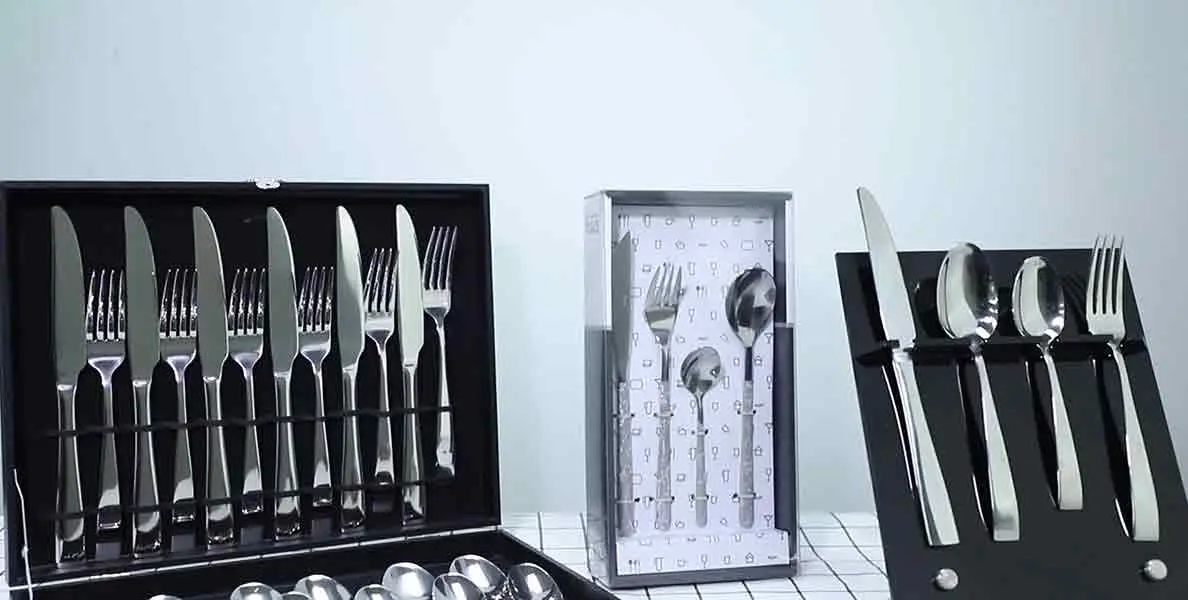
In the realm of CNC machining, 410 presents unique challenges and benefits.
- Hardness: Allows for the production of durable components.
- Thermal versatility: It can be effectively heat-treated to further improve its mechanical properties.
- Tendency to become hard: Machining requires specific considerations due to this property.
- Tool requirement: Using high-speed steel or carbide tools, can enhance tool life and improve surface finish.
- Cooling requirement: Proper cooling techniques, including the use of cutting fluids, are essential to mitigate heat buildup and reduce tool wear.
It is an excellent choice for applications requiring wear resistance, such as:
- Cutlery
- Industrial tools
420 Stainless Steel
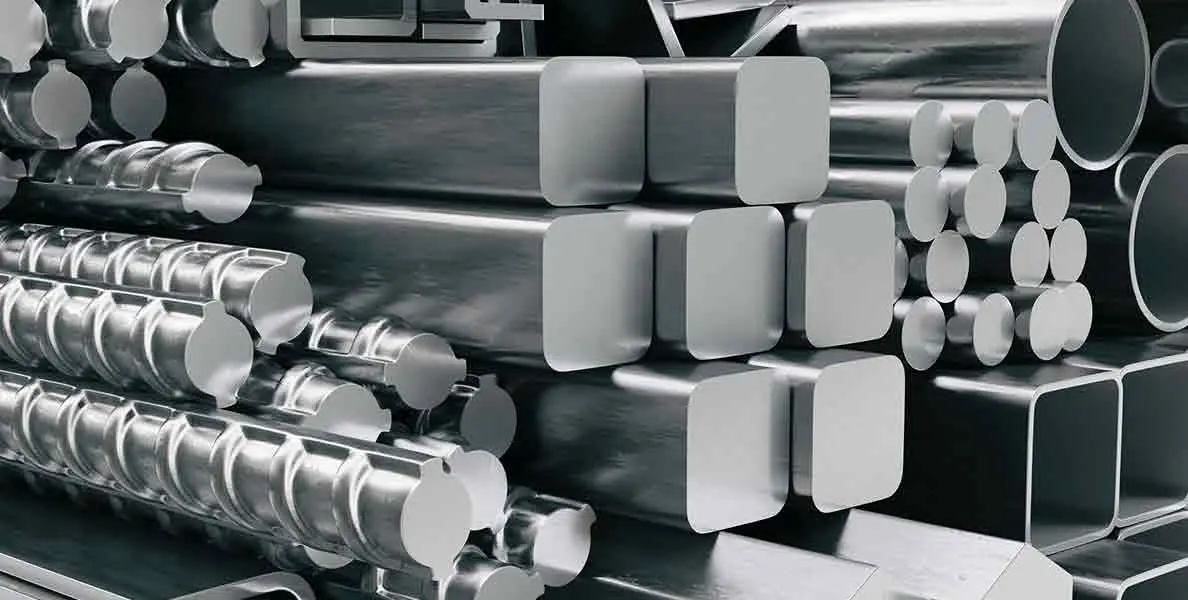
420 is a high-carbon martensitic stainless steel popular in CNC machining.
This material is often utilized in applications requiring good corrosion resistance combined with the ability to maintain a sharp edge, such as in:
- Cutlery
- Medical instruments
The CNC machining allows for:
- Precise shaping and finishing
- Create intricate designs
- Components with tight tolerances
The machining also has high requirements on:
- Tool: It typically requires specialized tooling and machining strategies
- Technique: Such as proper cooling and feed rates
430 Stainless Steel
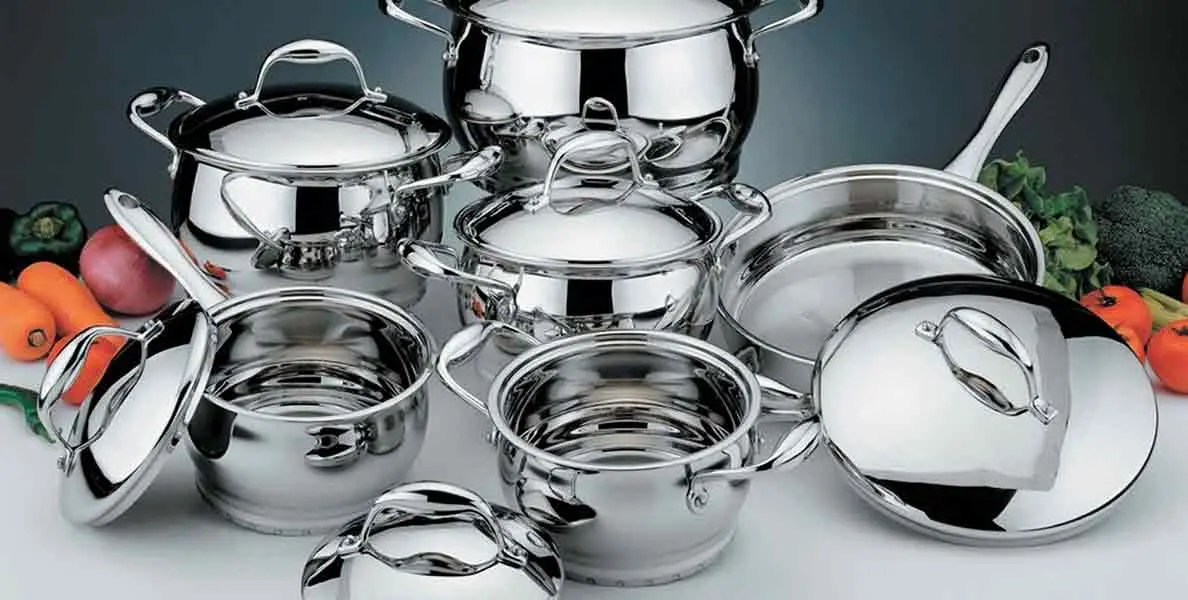
In the realm of CNC machining, it is often favored for its:
- Ease of fabrication: Compared to other stainless steel grades, it can be easily cut and shaped(because of the relatively lower hardness)
- Magnetic properties
However, it is essential to use the appropriate cutting tools and feed rates to prevent tool wear.
It is suitable for specific applications, such as:
- Automotive components
- Household appliances
440C Stainless Steel
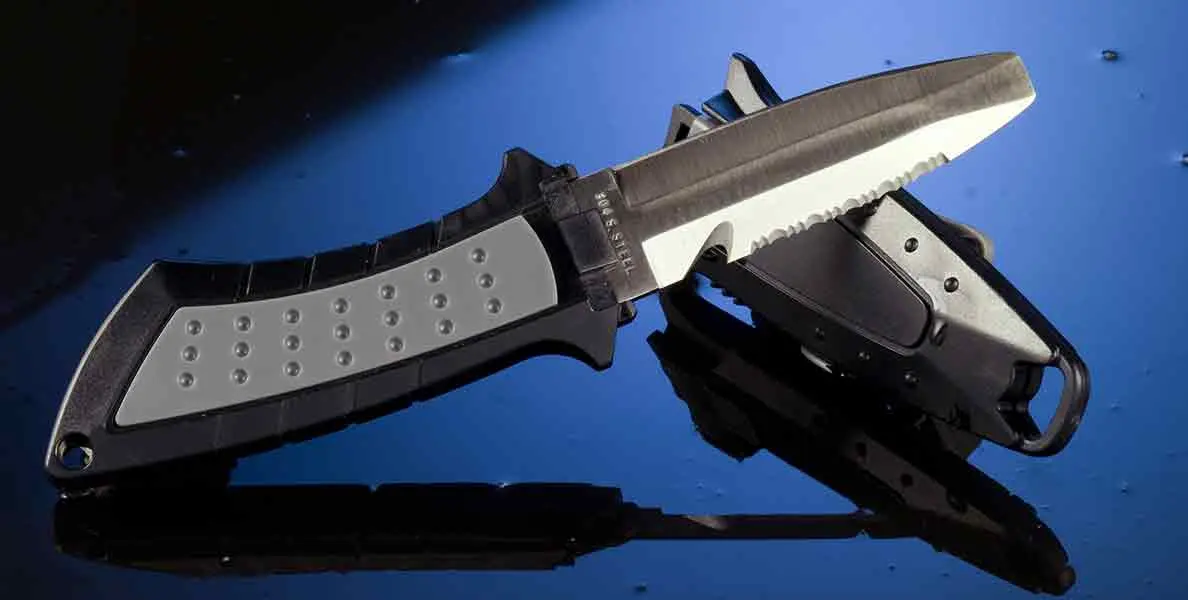
440C is a high-carbon martensitic type popular in CNC machining applications.
- Composition: With a carbon content of around 0.95% to 1.20%, it can achieve a hardness of up to 58 HRC after heat treatment.
- Tooling and machining parameters: Due to its hardness, it can be challenging to machine, often necessitating the use of carbide tools and optimized cutting speeds.
- Requirement for cooling: Proper cooling techniques are essential to prevent overheating, which can lead to tool wear and workpiece distortion.
It is suitable for producing precision components like:
- Cutting tools
- Bearings
- Surgical instruments
CNC Machining Services Near Me
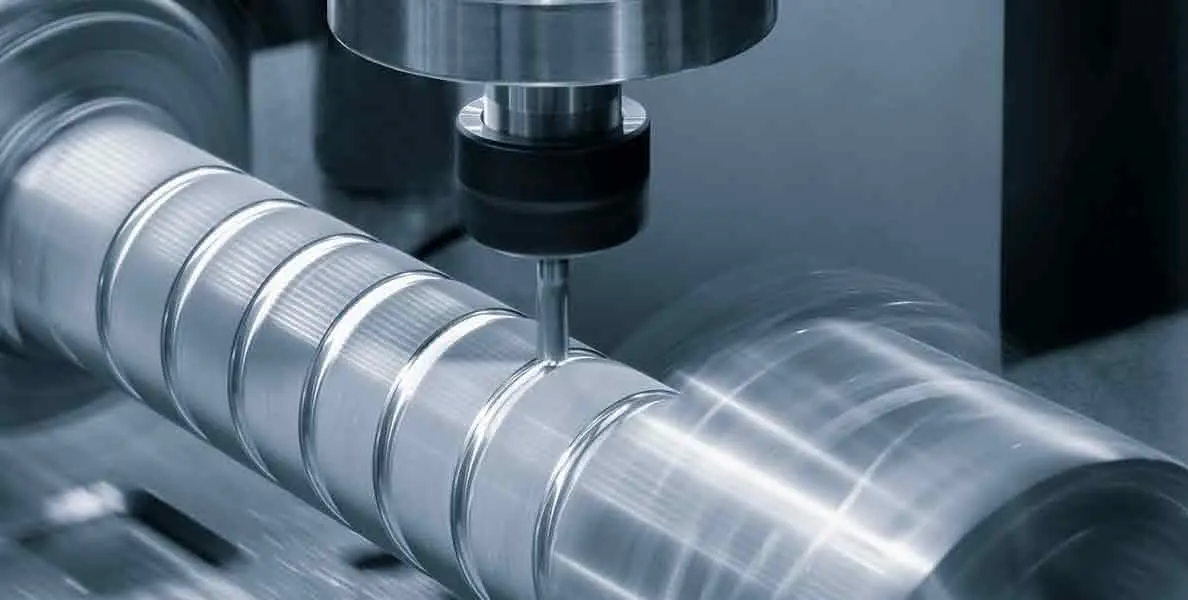
As you can see, the above details the types of stainless steel that XMAKE commonly uses in CNC machining, the main parts that are machined from stainless steel, and our ability to manufacture custom stainless steel parts.
We are the world’s leading electronics manufacturing platform for a wide range of high-quality CNC machined parts. You can work with us with confidence.
*Note: XMAKE uses 17-4 stainless steel materials, but more often in 3D printing.
FAQS
Q1: How does CNC machining of stainless steel differ from machining mild steel?
A: CNC machining of stainless steel requires different tooling and techniques compared to mild steel due to the higher tensile strength than mild steel and its tendency to work harden during machining. This can affect the choice of cutting speeds and feeds.
Q2: What should be considered when selecting tooling for machining stainless steel?
A: When selecting tooling, factors to consider include the material’s toughness, the need for a high-quality surface finish for stainless steel, and the tool’s geometry to prevent work hardening and ensure effective cutting.
Q3: How does the surface finish of stainless steel affect its applications?
A: The surface finish of stainless steel affects its applications by influencing its aesthetics, corrosion resistance, and ability to prevent bacterial growth. A high-quality surface finish for stainless steel is crucial in industries like food processing and medical devices.
Q4: What are the advantages of using CNC stainless steel machining over traditional methods?
A: The advantages of using CNC stainless steel machining over traditional methods include higher precision, reduced waste, faster production times, and the capability to create intricate designs that are often difficult to achieve with manual machining techniques.
Q5: Can carbon steel be used interchangeably with stainless steel in CNC machining?
A: No, carbon steel cannot be used interchangeably with stainless steel in CNC machining due to differences in properties. Stainless steel offers better corrosion resistance and strength, while carbon steel is generally less expensive but prone to rust and wear.
Reference
- Stainless steel machining is mainly manual processing and CNC machining two categories-Industry News-Qingdao Langens Machinery Engineering Co. (n.d.). http://www.hulan166.cn/new.asp?/14_2.html
- CNC machining center how to process stainless steel, always broken knife? -Shandong Hitech CNC Machine Tools Co. (n.d.). http://www.sdtzcnc.com/wenzhang/126.html
- Metal M. (2024, August 24). What are the typical CNC machining methods for stainless steel? Shenzhen Maijin Metal Products Co. https://www.chinamaijin.com/zh-CN/a-news-what-are-the-typical-cnc-machining-methods-used-for-stainless-steel

